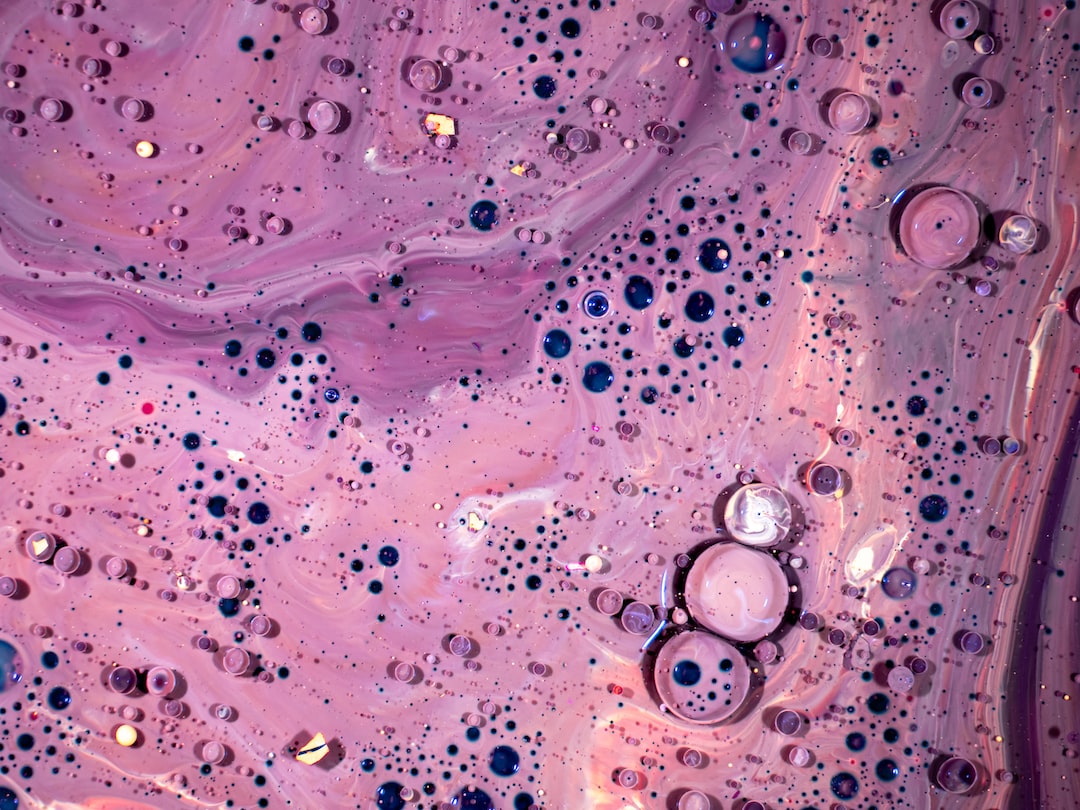The Role of Public Art in Transforming Urban Spaces
Cities are constantly evolving and transforming, and one aspect that plays a significant role in the process is public art. From sculptures and murals to interactive installations, public art has the power to transform urban spaces, changing the way people interact with and perceive their surroundings. In this blog post, we will explore the various ways in which public art contributes to the transformation of urban spaces, enhancing the visual appeal, fostering community engagement, and promoting cultural exchange.
Public art has the unique ability to transform empty spaces into vibrant and visually stimulating environments. Vacant walls and neglected corners can be transformed into captivating art installations that captivate passersby. When a city invests in public art, it breathes new life into neglected areas, turning them into destinations and attractions. These art installations become iconic symbols of the city, transforming urban landscapes and becoming an integral part of the city’s identity.
Along with enhancing the visual appeal, public art plays a crucial role in fostering community engagement. Art has the power to bring people together, sparking conversations and creating a sense of belonging among residents. Public art installations become meeting points and gathering spaces, where people from different walks of life can come together to appreciate and discuss the artwork. These spaces foster community interaction, breaking down social barriers and promoting inclusivity.
Public art has the potential to promote cultural exchange within urban spaces. It allows artists from diverse backgrounds to express their perspectives and narratives, contributing to a more inclusive and multicultural society. When different cultures are represented through public art, it provides an opportunity for residents to gain a deeper understanding and appreciation for various cultures, ultimately breaking down stereotypes and promoting empathy. Public art acts as a catalyst for dialogue and understanding, enabling a shared cultural experience within urban spaces.
Furthermore, public art can play a vital role in urban regeneration and reclaiming neglected spaces. Derelict buildings, underpasses, and abandoned areas can be revitalized through art interventions, transforming them into thriving community spaces. By adding color, beauty, and creativity to these forgotten spaces, public art draws attention to their potential and inspires other positive changes in the surrounding areas. It encourages community engagement in the process of urban transformation and empowers residents to take pride in their city.
Public art is not limited to static sculptures and murals; it can also incorporate interactive and participatory elements. These installations invite individuals to actively engage with the artwork, creating memorable and immersive experiences. Interactive public art installations can include sound installations, interactive light displays, and even augmented reality experiences. These dynamic installations not only captivate audiences but also encourage them to explore and connect with their urban environment in new and exciting ways.
In conclusion, public art plays a significant role in transforming urban spaces. It enhances the visual appeal of cities, fostering community engagement and promoting cultural exchange. By reclaiming neglected spaces and incorporating interactive elements, public art transforms urban landscapes into vibrant and inclusive environments. As cities continue to evolve, public art has the power to shape and reimagine the urban fabric, creating a cityscape that is not only visually stunning but also enriching for its residents. Embracing public art is essential for cities to create a sense of place, promote creativity, and nurture the well-being of their communities.

